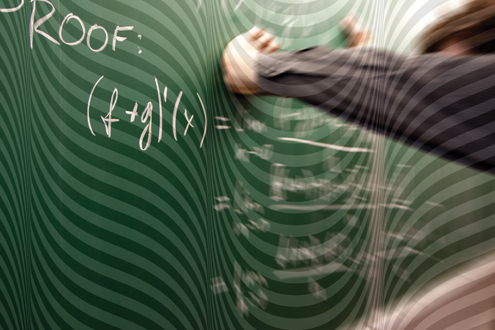
Gisela Ernst-Slavit and David Slavit explore the linguistic challenges created by calculations
Do you speak math? Not sure what we mean? Well, math can be thought of as a language filled with vocabulary, symbols, and sentence structures. These can make things difficult for students who wish to relate math to their everyday language and experiences. For students learning English as their second language, learning the language of mathematics may seem as though they are simultaneously learning yet another language. And like any language, students have to speak math proficiently in order to use it efficiently.
Although there are many similarities among number systems across the world, mathematics (particularly as taught in schools) is far from being a universal language. English language learners (ELLs) have to learn new words (hypotenuse), concepts (pi), and expressions (3y + 6 = 10(x)), and, in some cases, relearn different procedures (e.g., long division).
English number names are highly irregular. For example, we say fourteen, sixteen, seventeen, eighteen, and nineteen. Shouldn’t we also say oneteen, twoteen, threeteen, and fiveteen? In counting by tens, we have a similar discontinuity. There are forty and sixty, which resemble four and six. But there are also twenty, thirty, and fifty, somewhat related to two, three, and five. If we keep counting up, the numbers above twenty will have the tens first (e.g., fifty-six), whereas for the numbers below twenty we put the ones first (e.g., thirteen).
To read the complete story click here.






